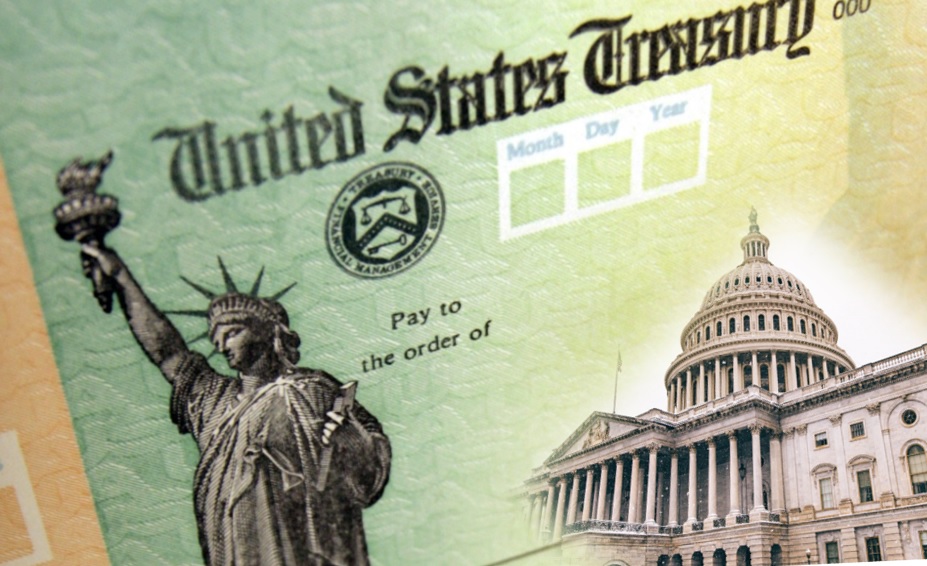 [5]
[5]
Federal Stimulus Update Part 1: What Employers Need to Know About the PPP
By Julie Preciado & Chris Morgan
Barran Liebman, [6]Oregon law firm
On December 27, 2020, President Trump signed the $900 billion COVID-19 relief bill into law. The new law helps businesses, nonprofits, and venues that continue to be hit hard by the impact of COVID-19, with the funding accomplished through Title III of the Consolidated Appropriations Act, 2021, called the Economic Aid to Hard-Hit Small Businesses, Nonprofits, and Venues Act.
PPP Extension
The most relevant part of the Act for many businesses is going to be the extension and expansion of the Paid Protection Program (“PPP”). The re-tooled PPP provides assistance to employers by extending the forgivable PPP loan program, with a few changes. With the PPP reopened, businesses can apply for the first time, while many companies are also eligible to apply for a “second-draw” PPP loan.
For first-time and “second draw” applicants alike, the loan process remains largely the same with a few major changes:
– The PPP program is now open through March 31, 2021 (or until the new funding is exhausted).
– The maximum loan amount is still 2.5 times an applicant’s average monthly payroll costs (increased to 3.5x for small businesses in accommodation and food services industries – those with NAICS codes starting with 72), but is now capped at $2 million (previously the cap was $10 million).
– Group health insurance payments may be included in payroll costs when determining the maximum requested loan amount.
– Some employers that were previously excluded from eligibility can now receive funds: 501(c)(6) member non-profits, local news media organizations, and housing cooperatives.
Second Draw Applicants may be eligible for a second draw loan if they:
(1) have exhausted their first PPP loan;
(2) have less than 300 employees; and
(3) have experienced a greater than 25% reduction in gross receipts during any quarter in 2020 relative to the same quarter in 2019.
PPP Rule Changes: The bill also makes a few important changes to PPP rules.
(1) Deductibility of Expenses: The act clarifies tax treatment of PPP funds. The new law applies to past and future loans and provides that:
Tax Deductible Expenditures: Regular business expenses paid for with PPP loan proceeds may be deductible for tax purposes. This reverses the IRS ruling that businesses could not deduct expenses paid by PPP funds.
– PPP Loan Funds are Not Taxable Income: Even if forgiven, the funds are not considered income for tax purposes.
(2) Forgiveness: Borrowers must still spend at least 60 percent of their PPP on payroll costs in order to receive full forgiveness, but some other rules have broadened.
– Expansion of Qualifying Expenses: The list of expenses on which a PPP borrower may now spend the other 40% of loan proceeds has been expanded to include certain operations expenses, supplier costs, worker protection expenses (i.e. money spent to comply with public health guidance related to COVID-19), and property damage costs associated with property damage due to civil unrest in 2020 that are not covered by insurance or otherwise.
– EIDL Grant no longer reduces the amount of PPP loan that may be forgiven.
– Extended Loan Forgiveness Period recipients may now elect any period between 8 to 24 weeks after loan origination date in which to use funds on allowable expenses.
– Simplified Application – PPP loans for less than $150,000 may be forgiven by a simplified one-page expedited application process.
Stayed tuned for Part II of our series on the new federal stimulus package, which will explore other key provisions of the Act for employers to consider in 2021.
For questions on the PPP and more, contact Julie Preciado or Chris Morgan at 503-228-0500, or via email at [email protected] or [email protected].